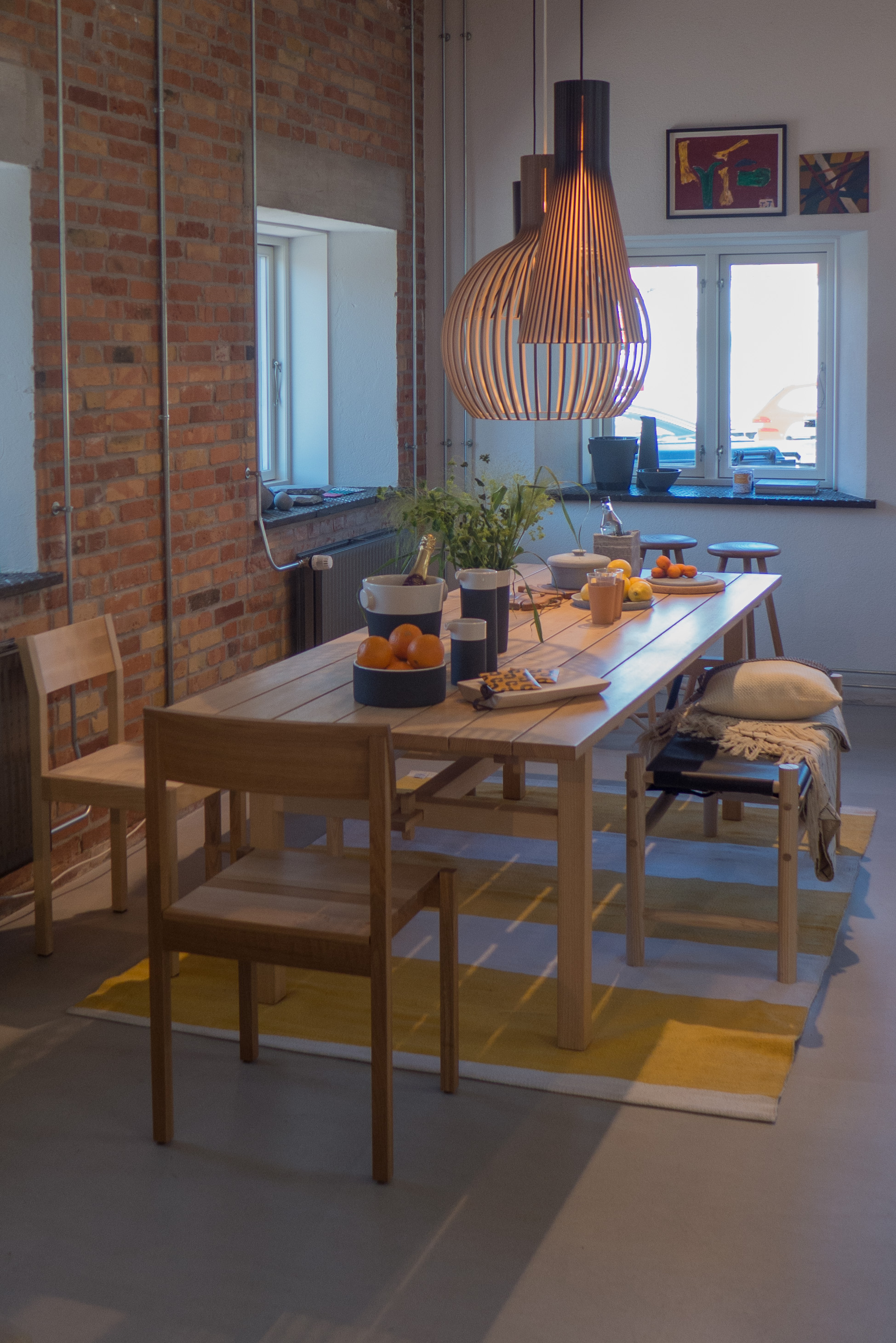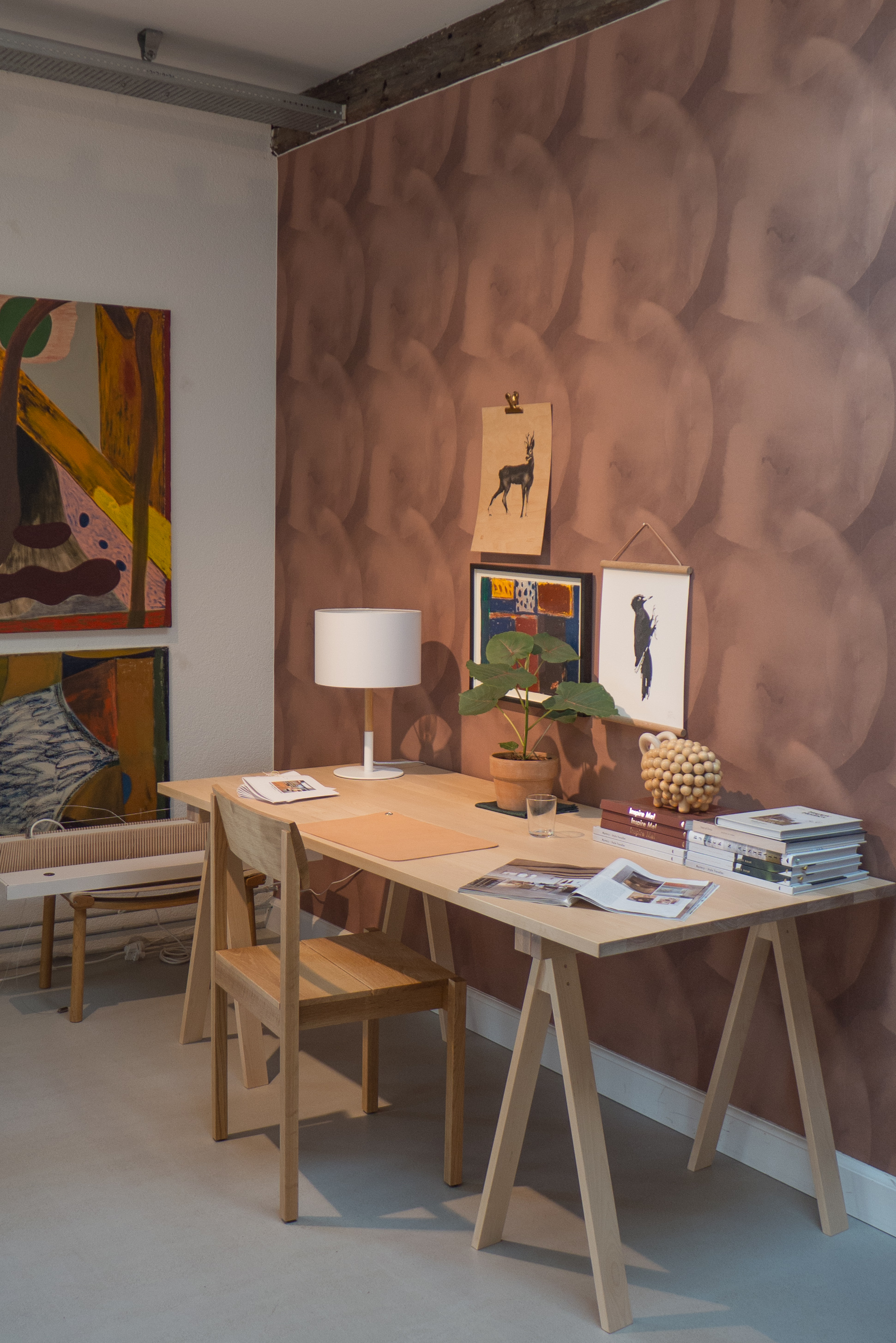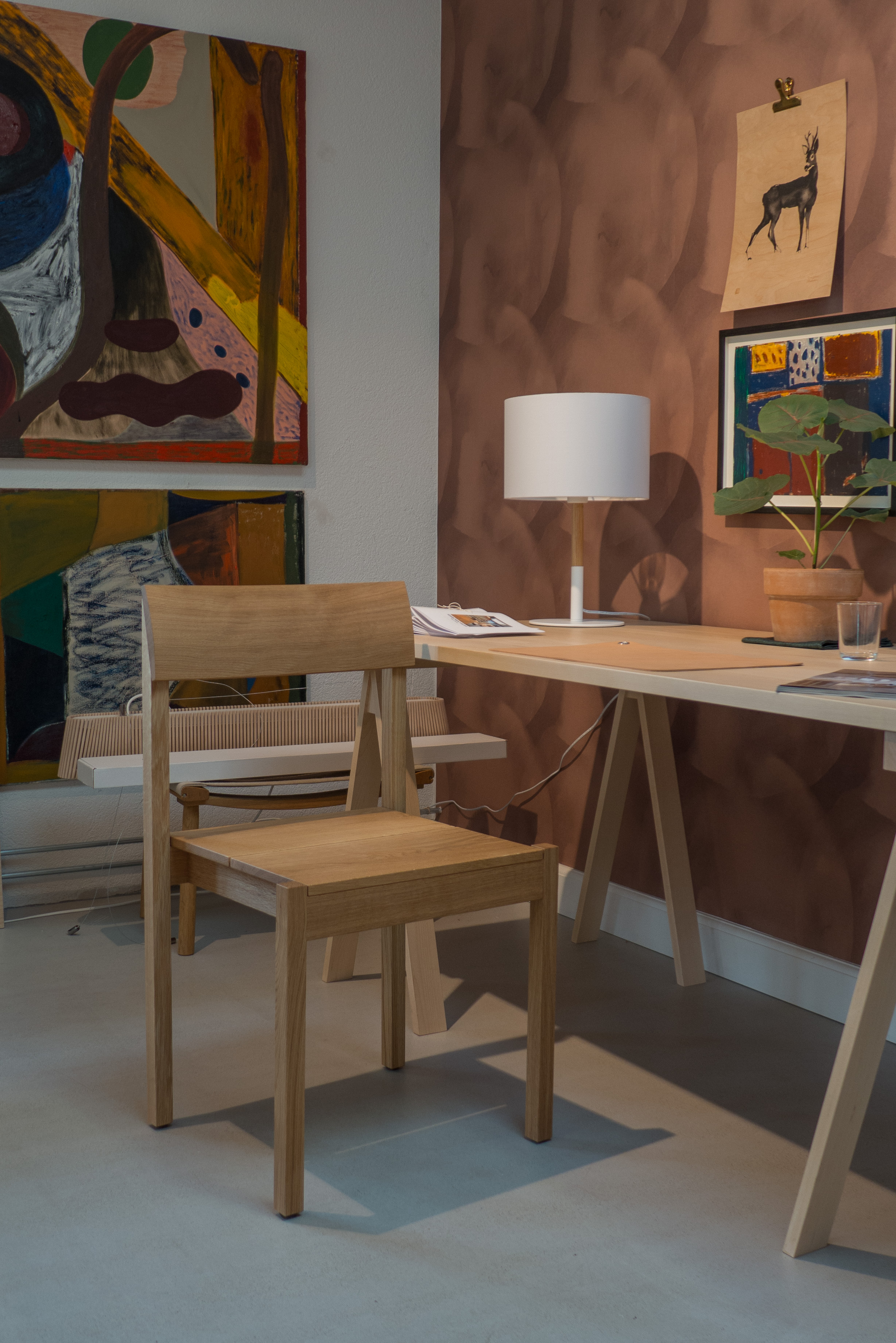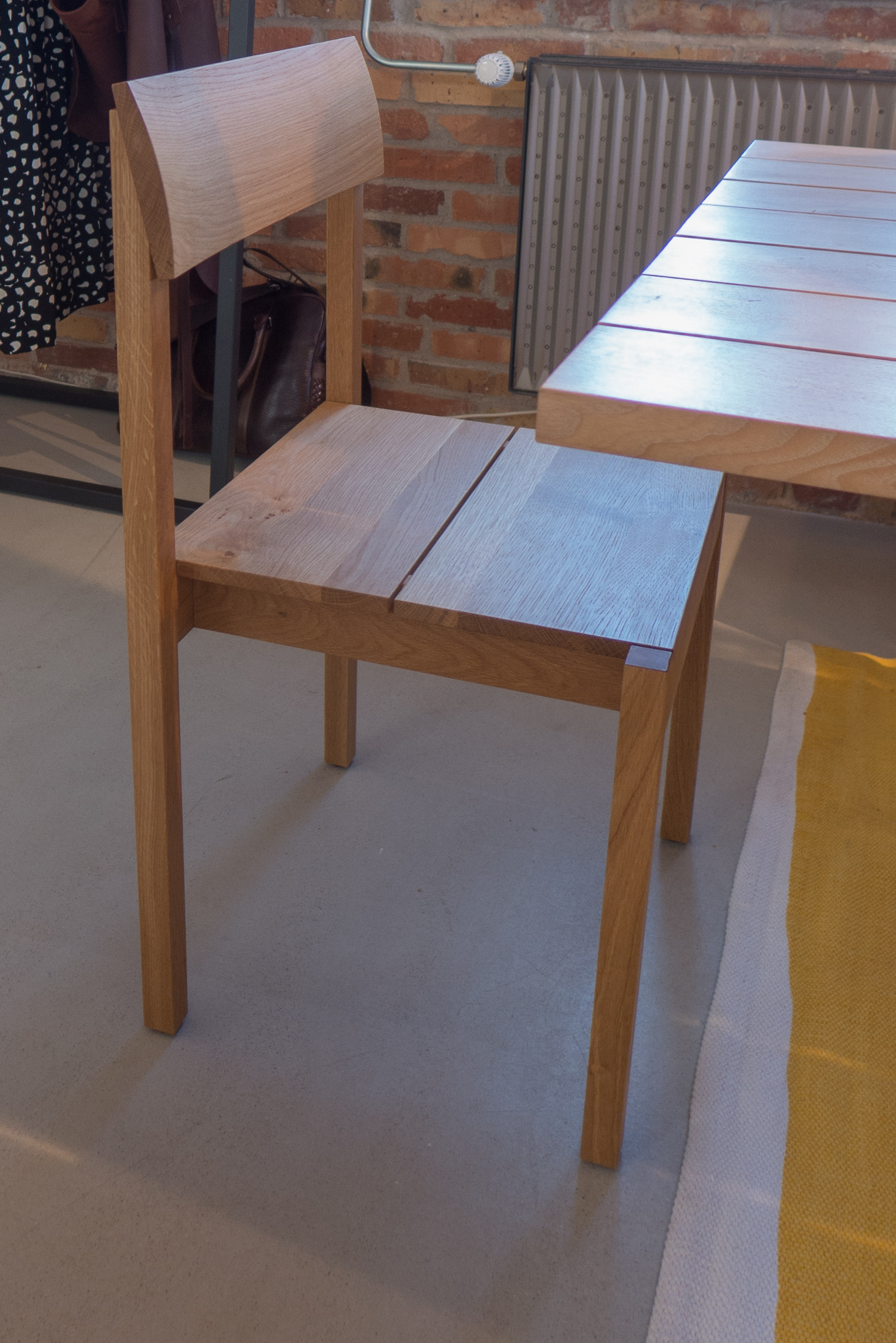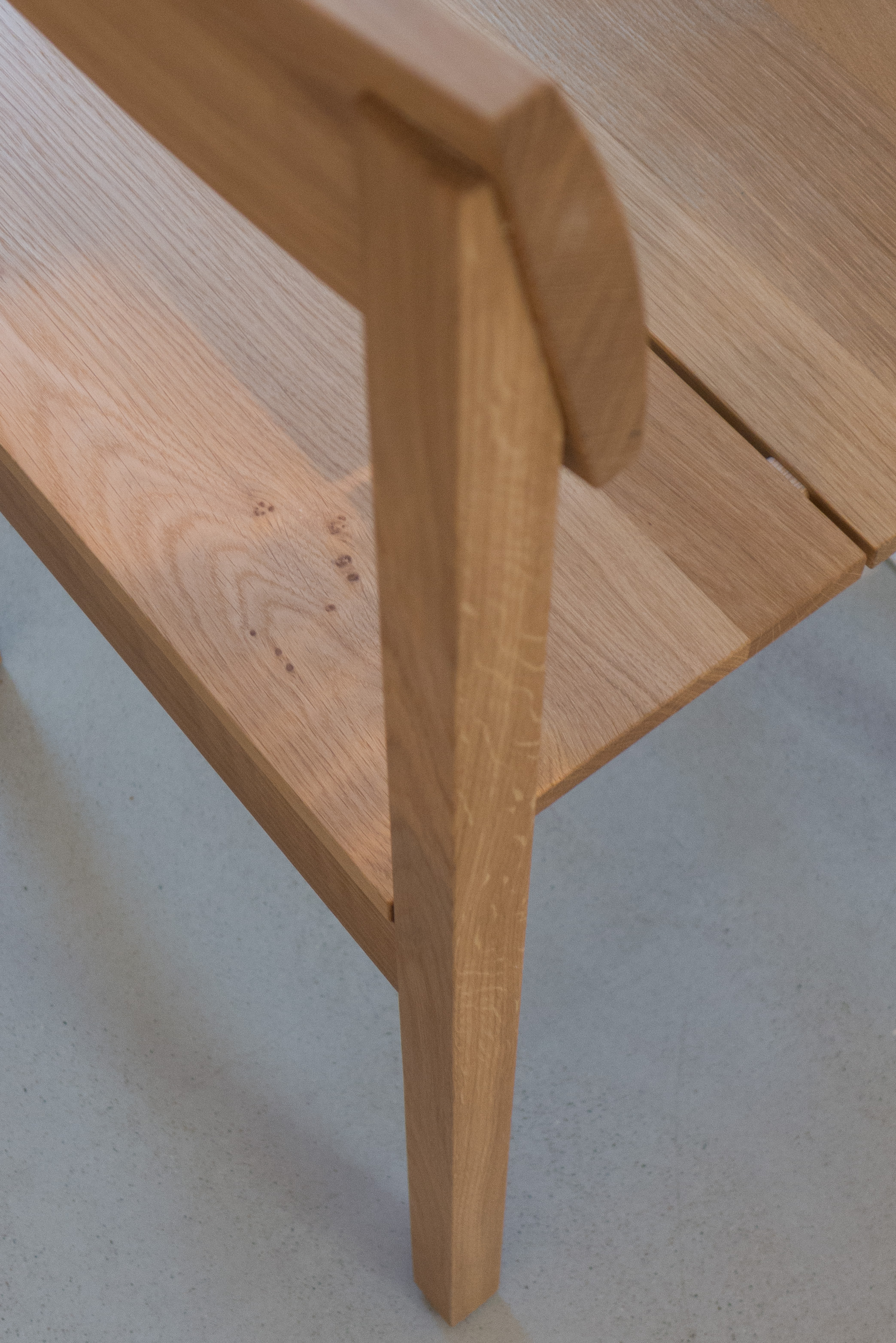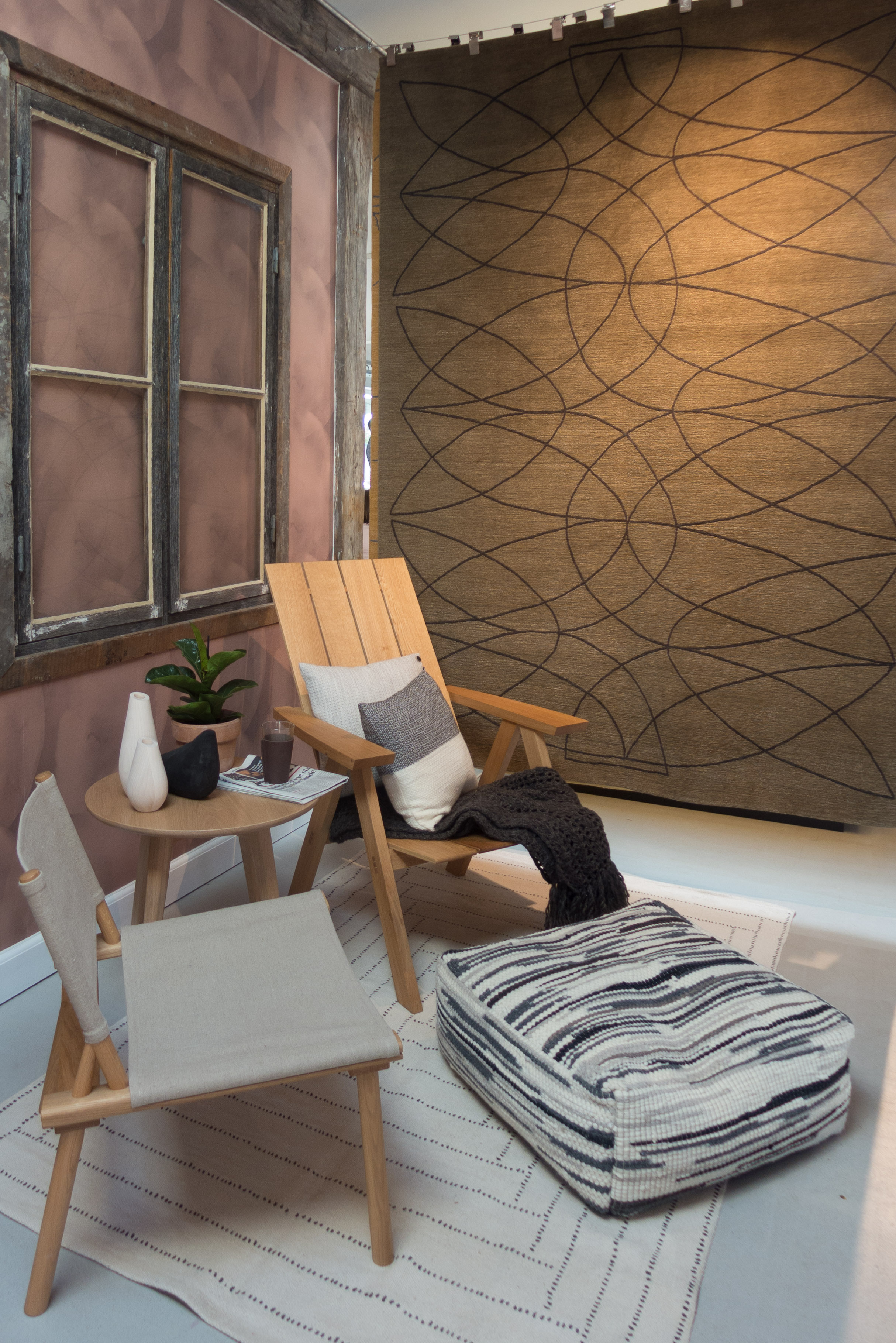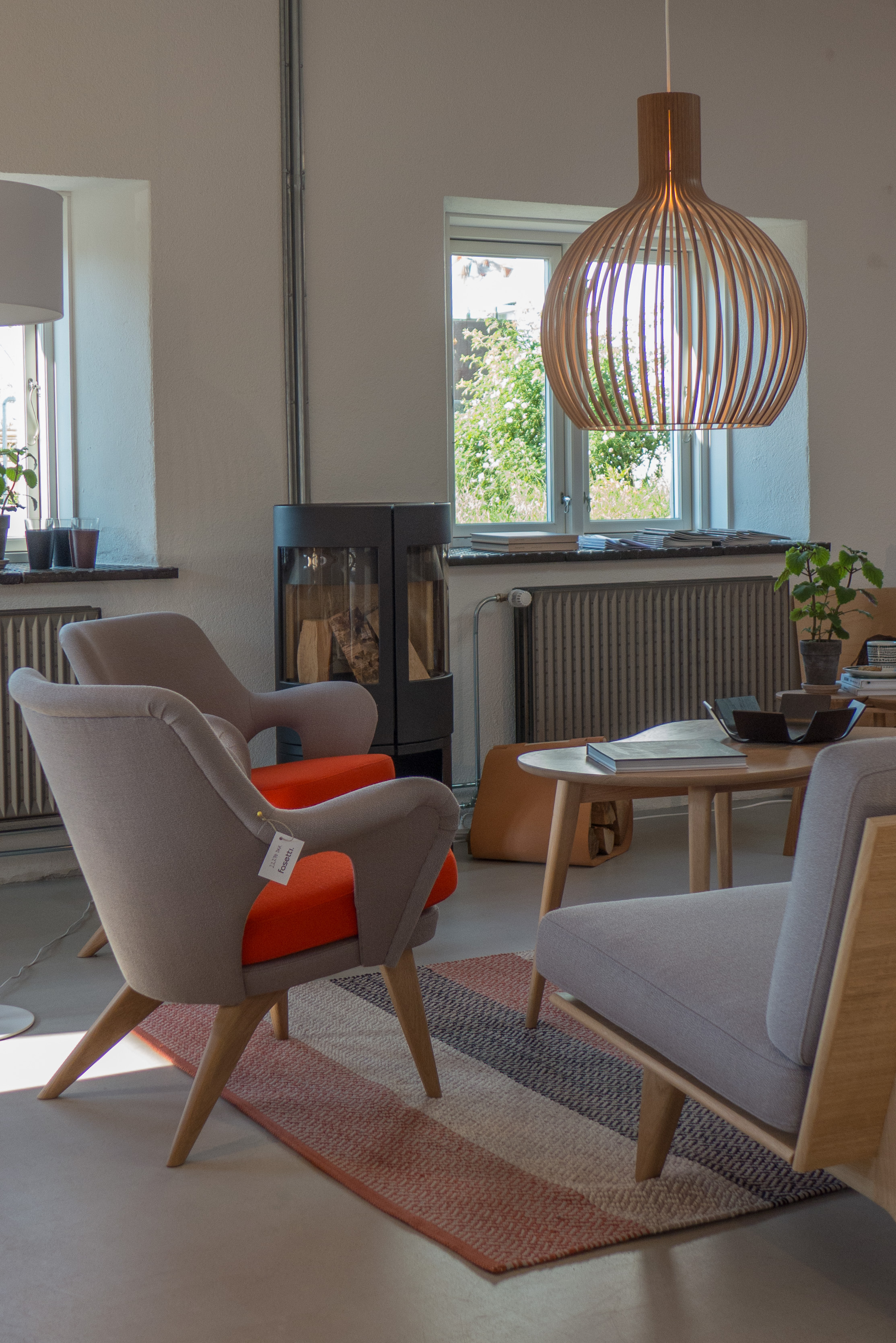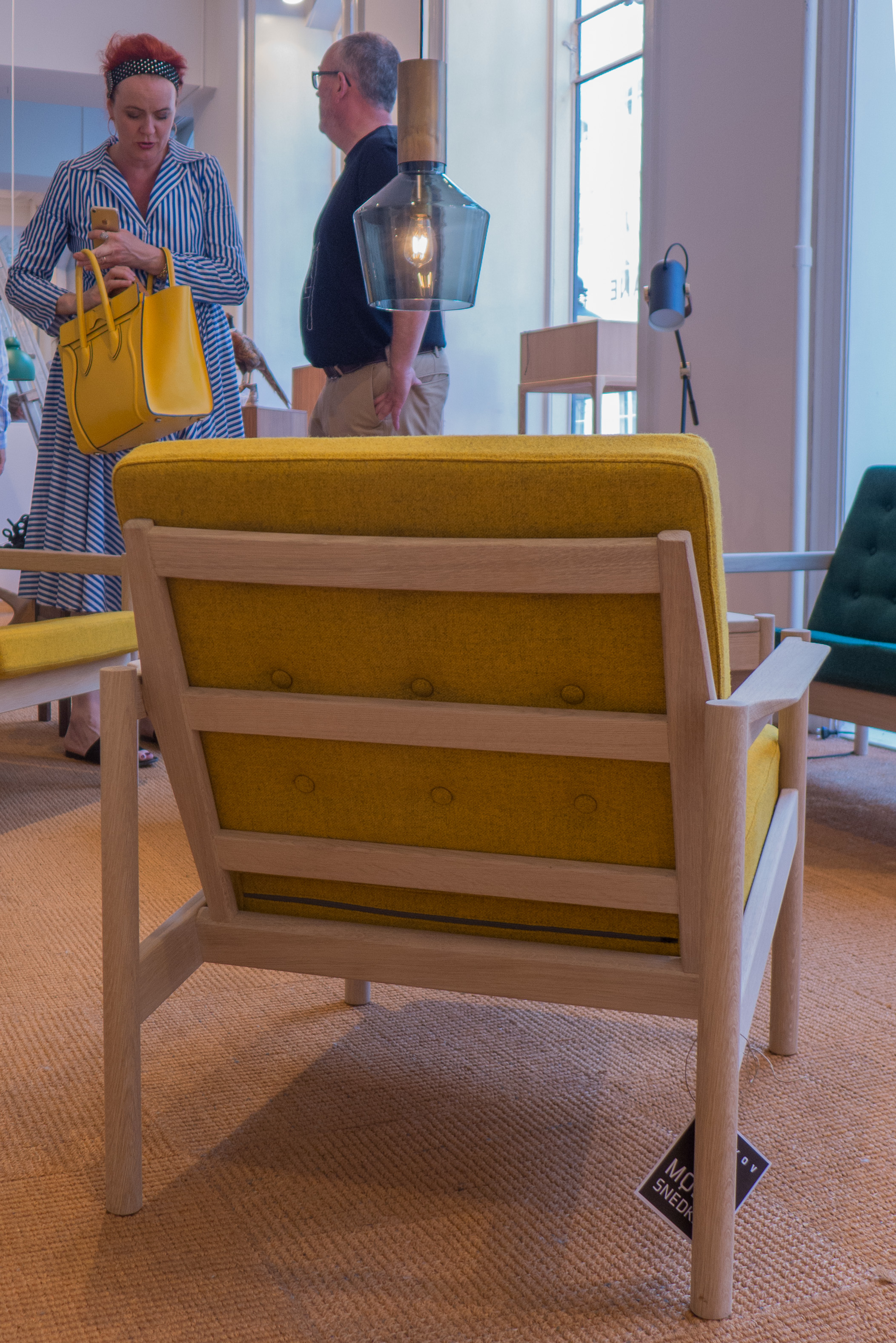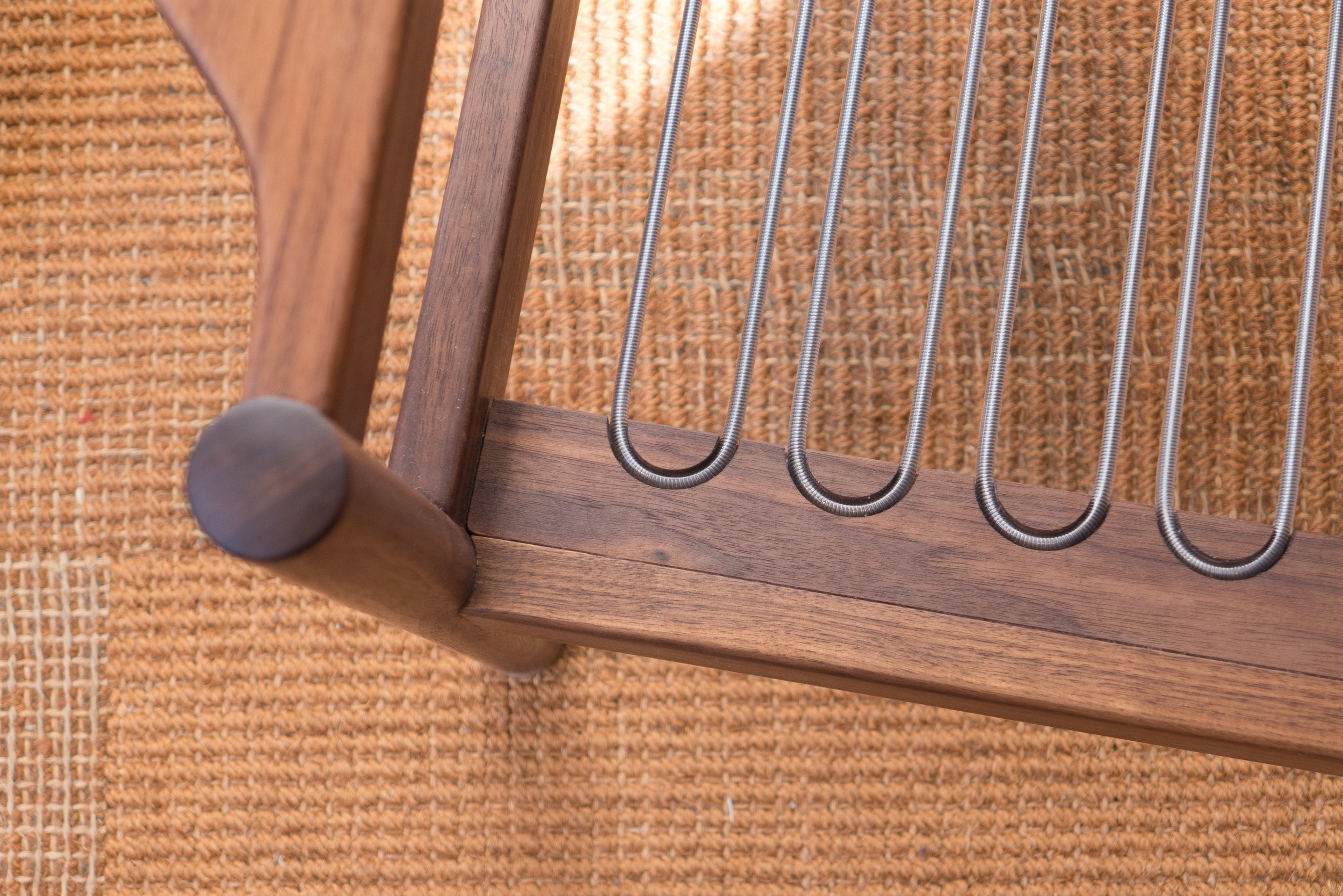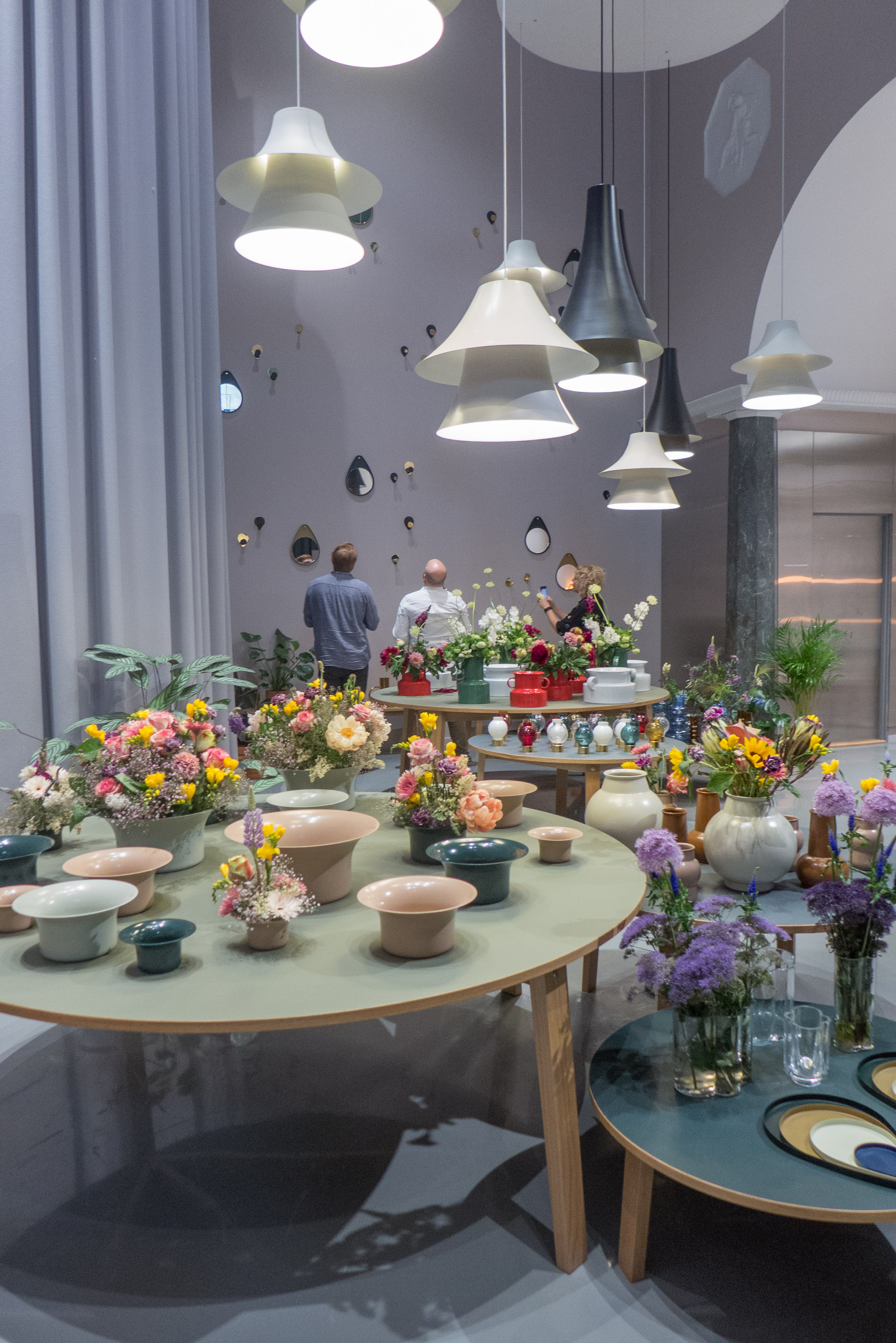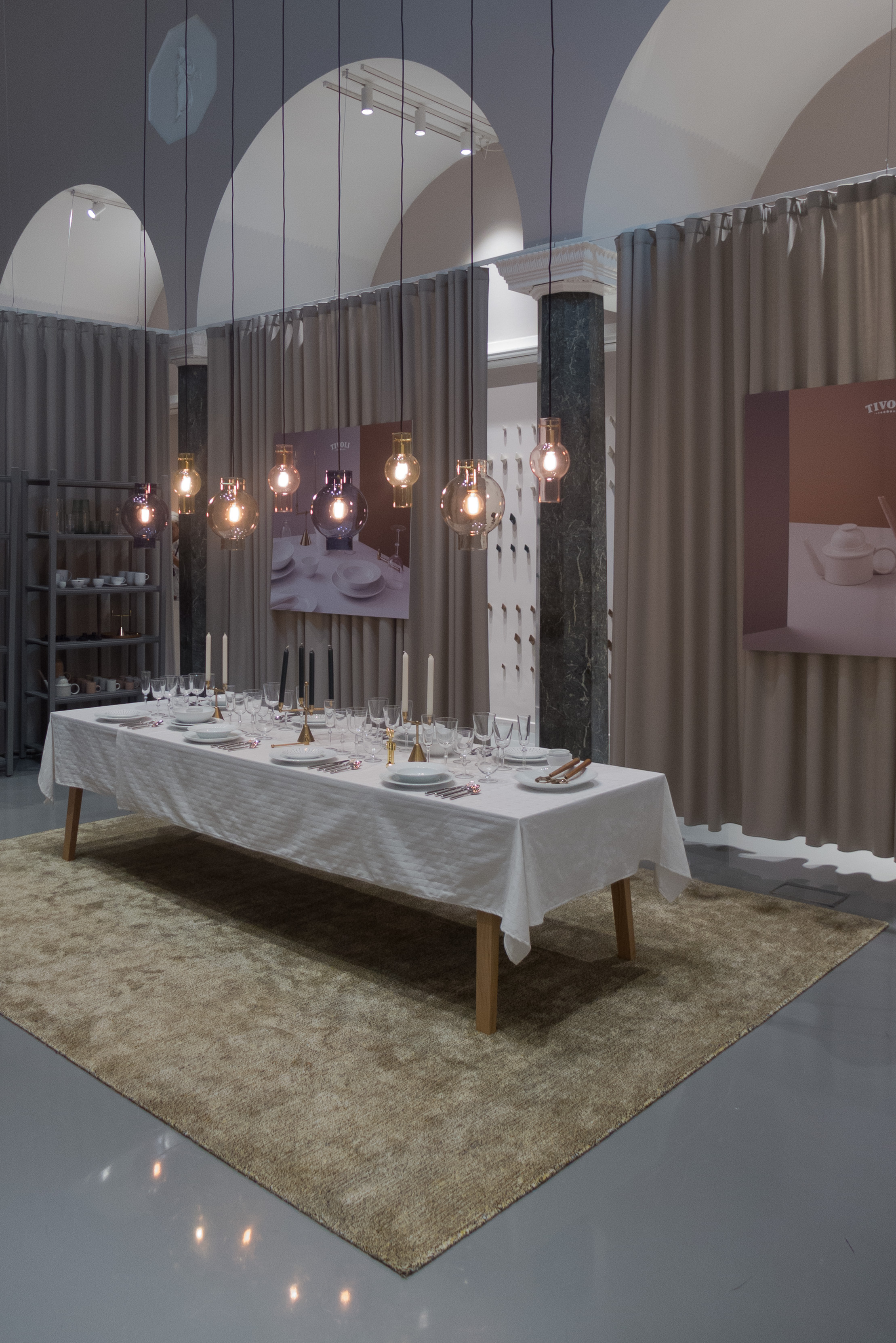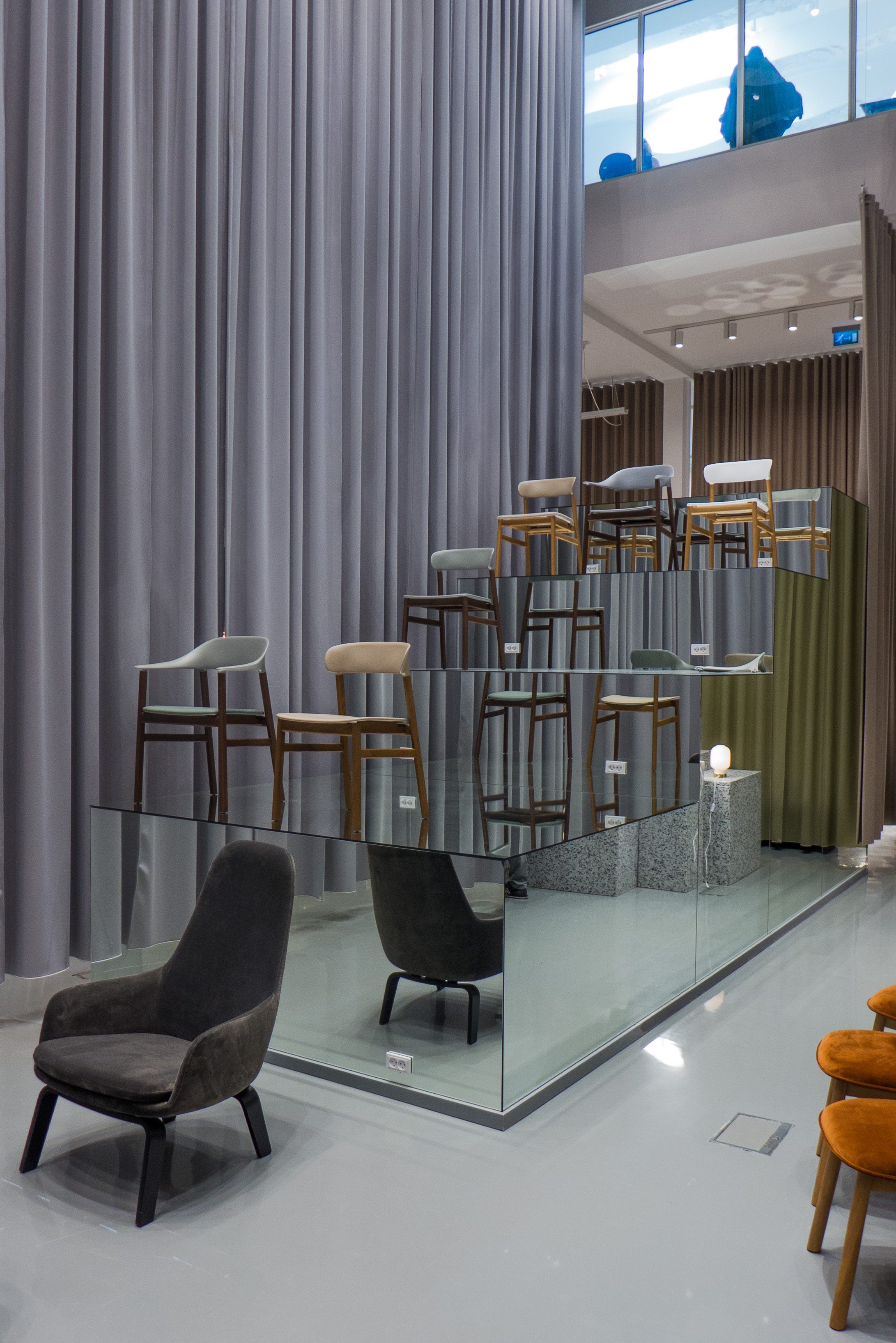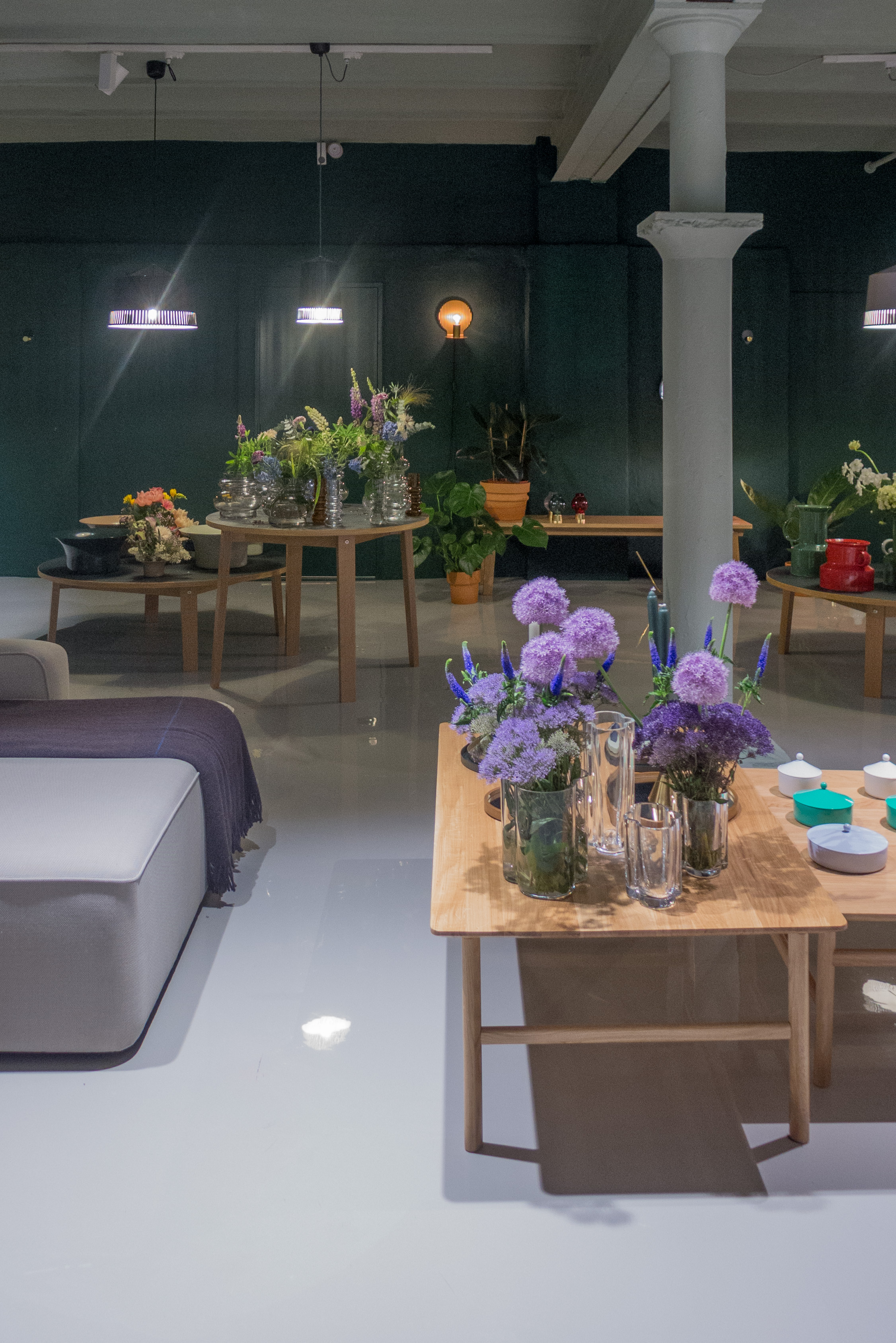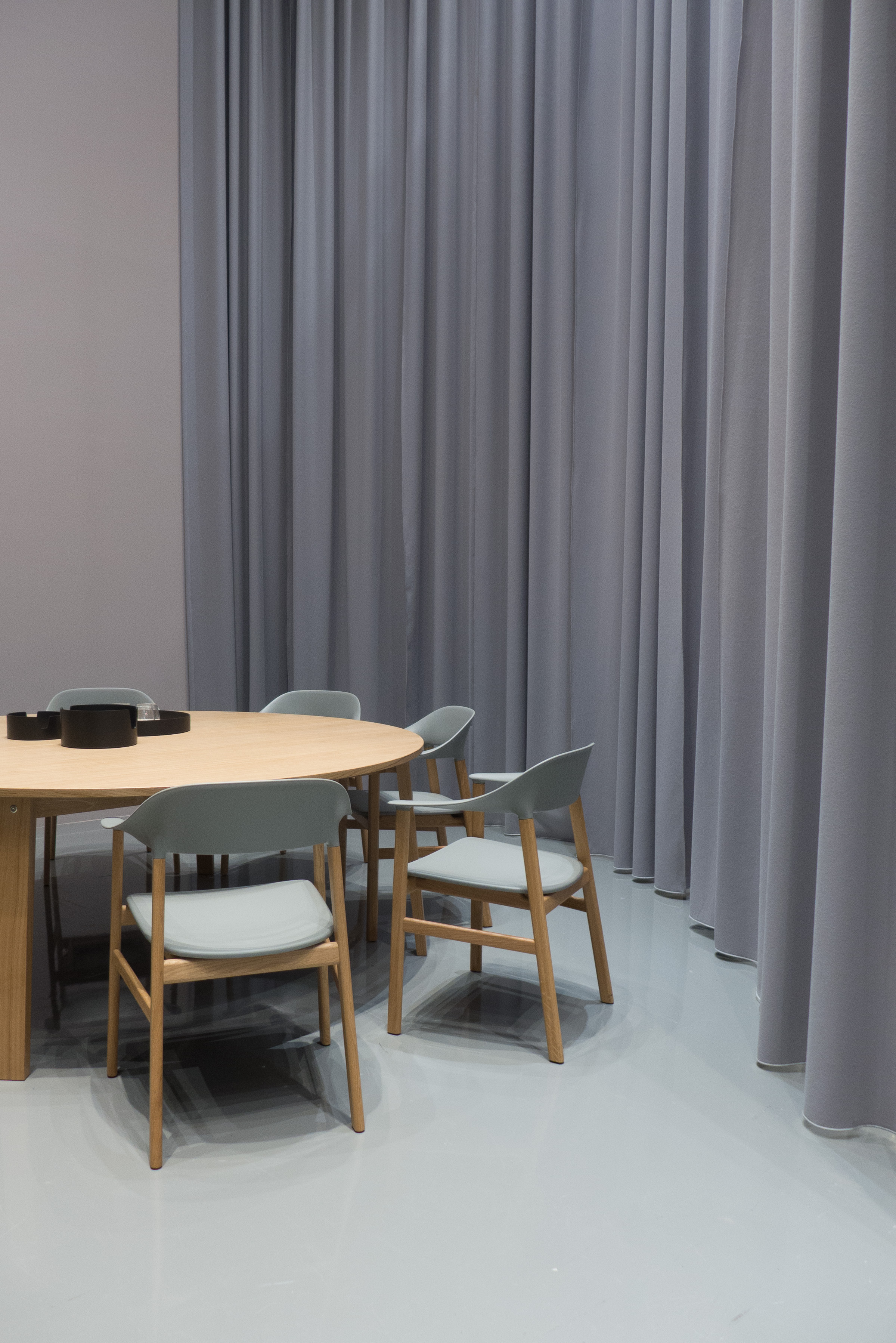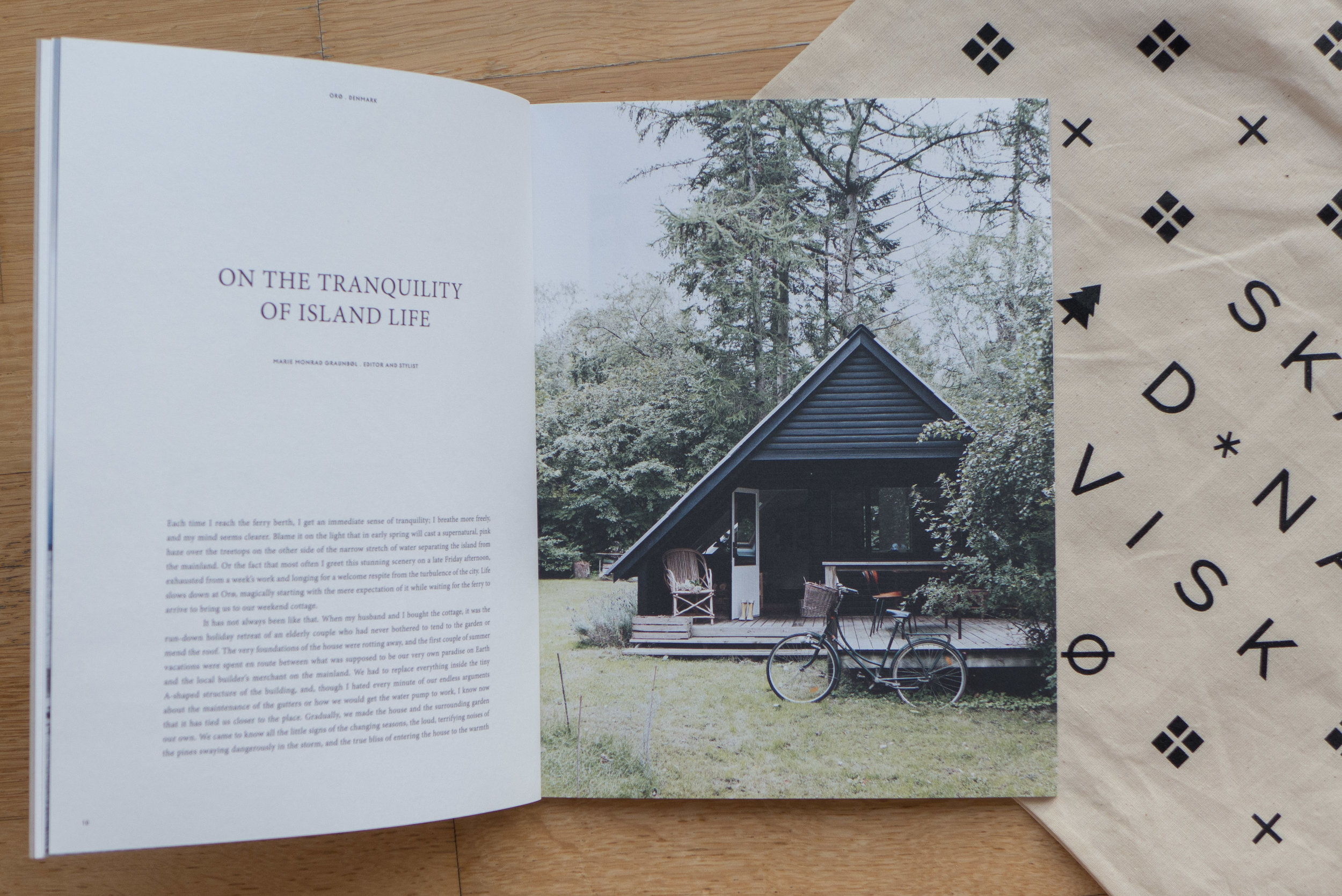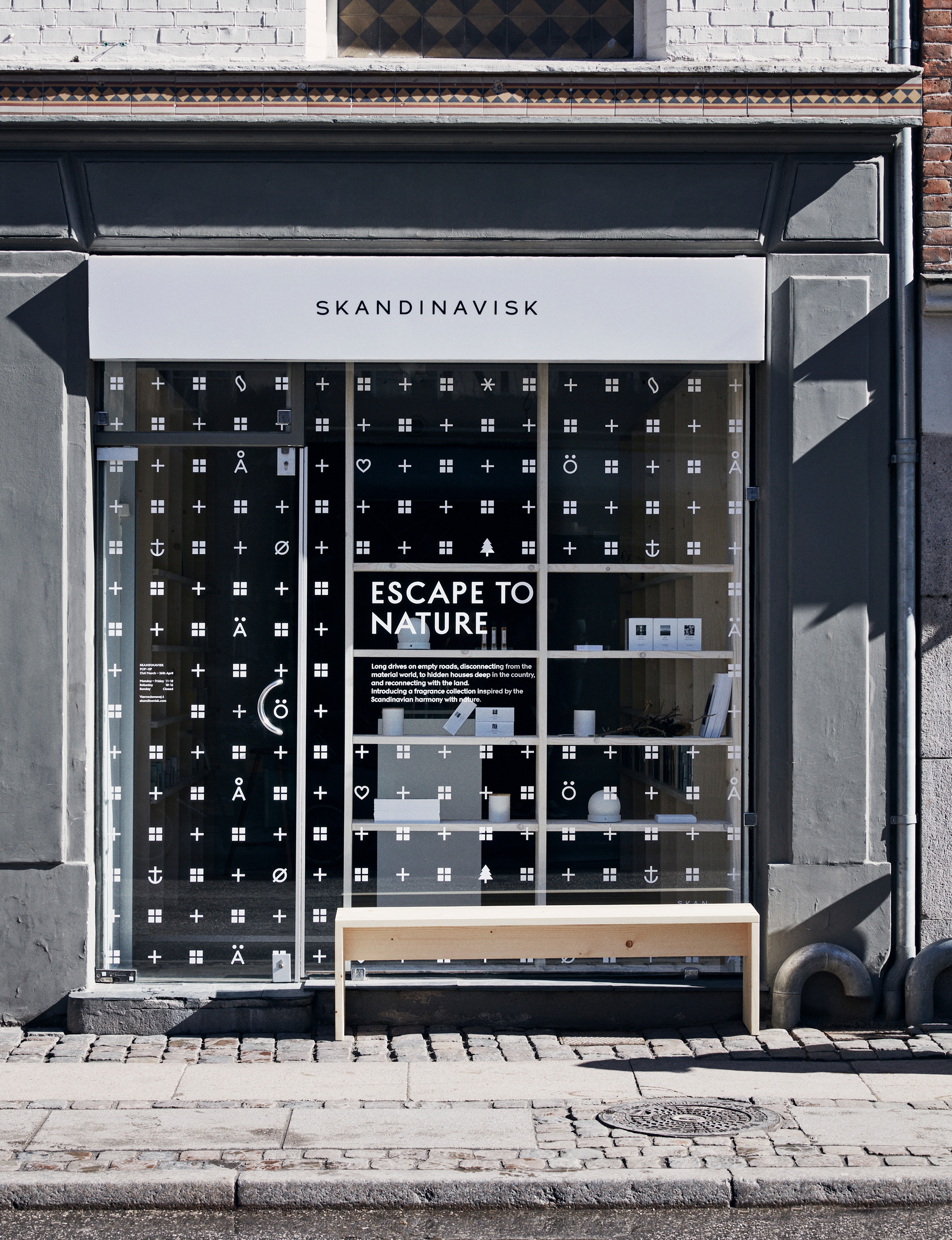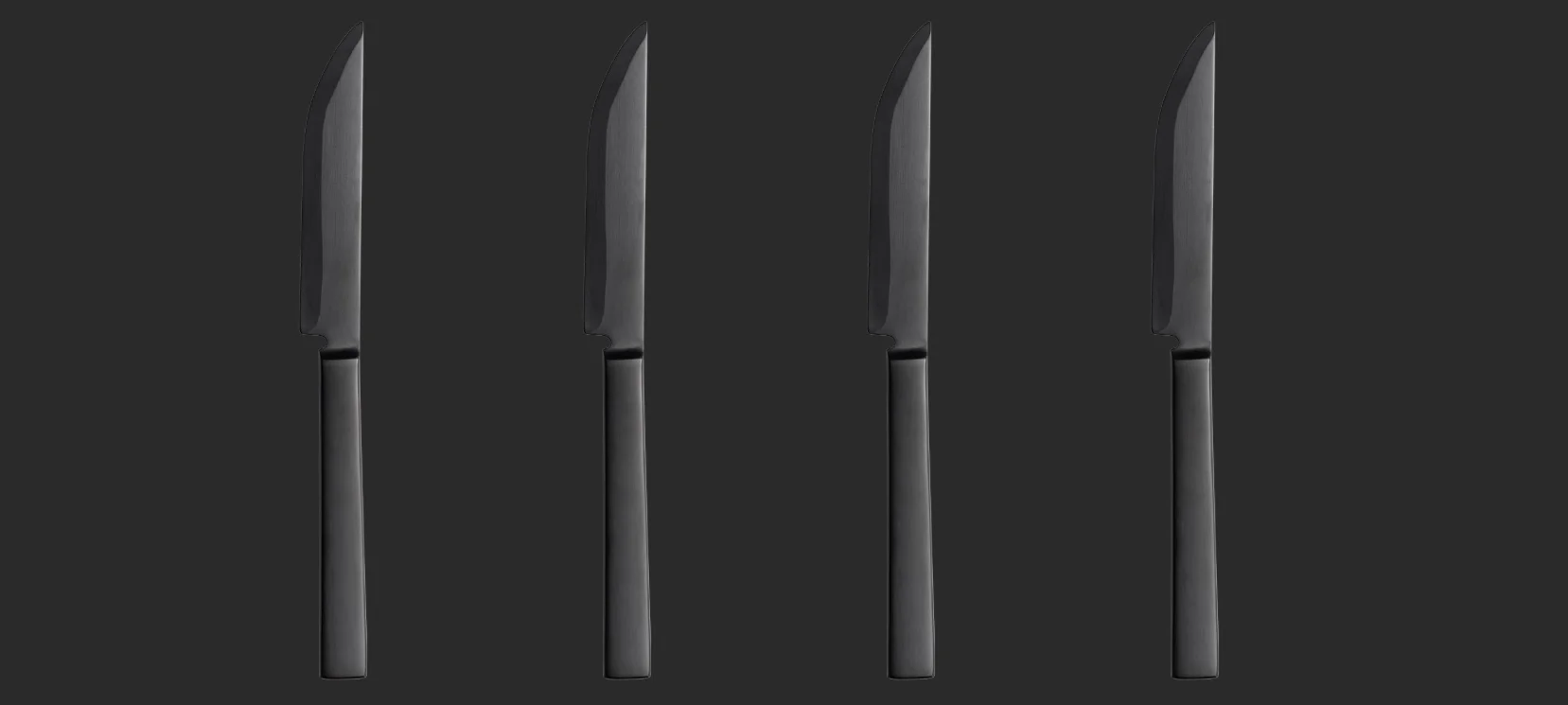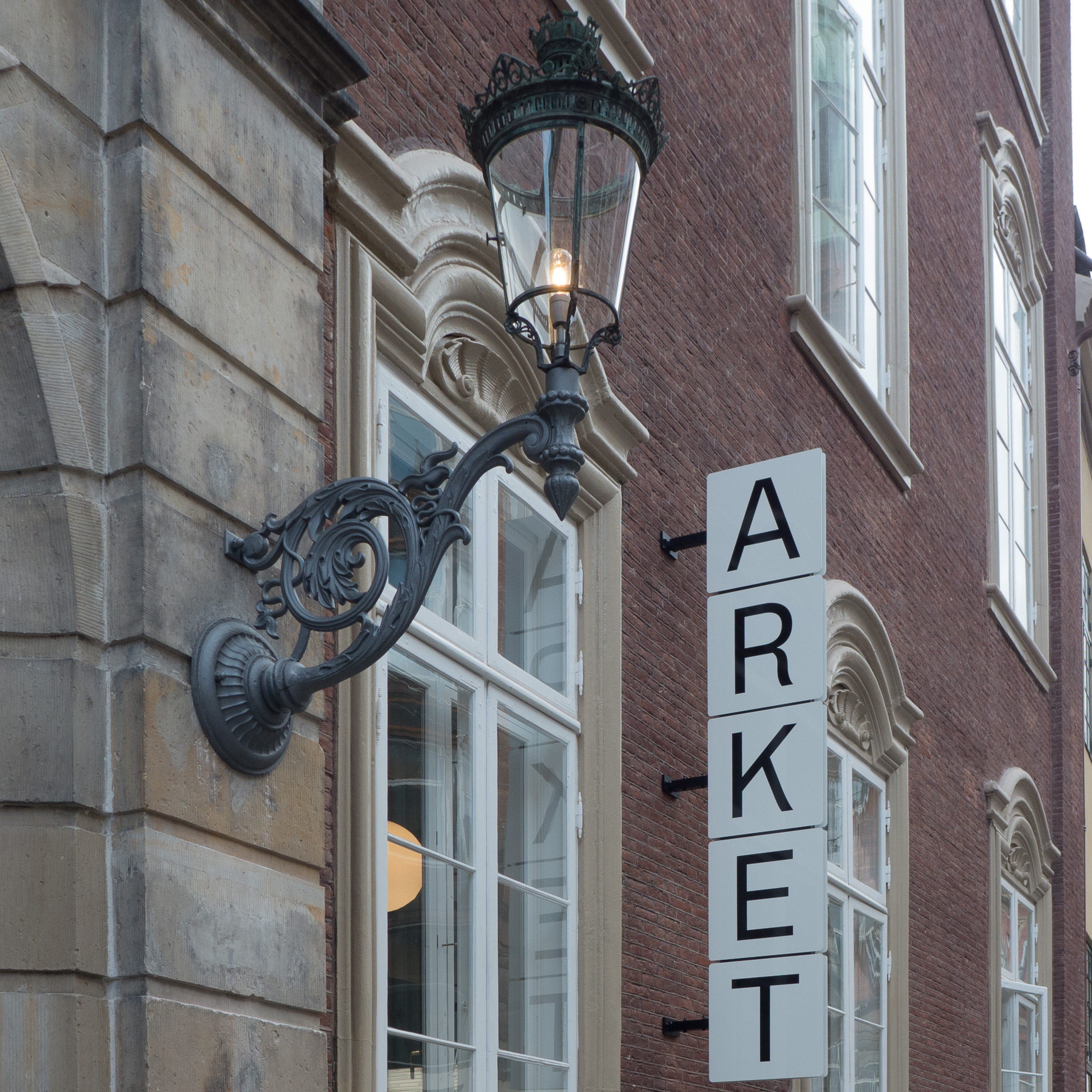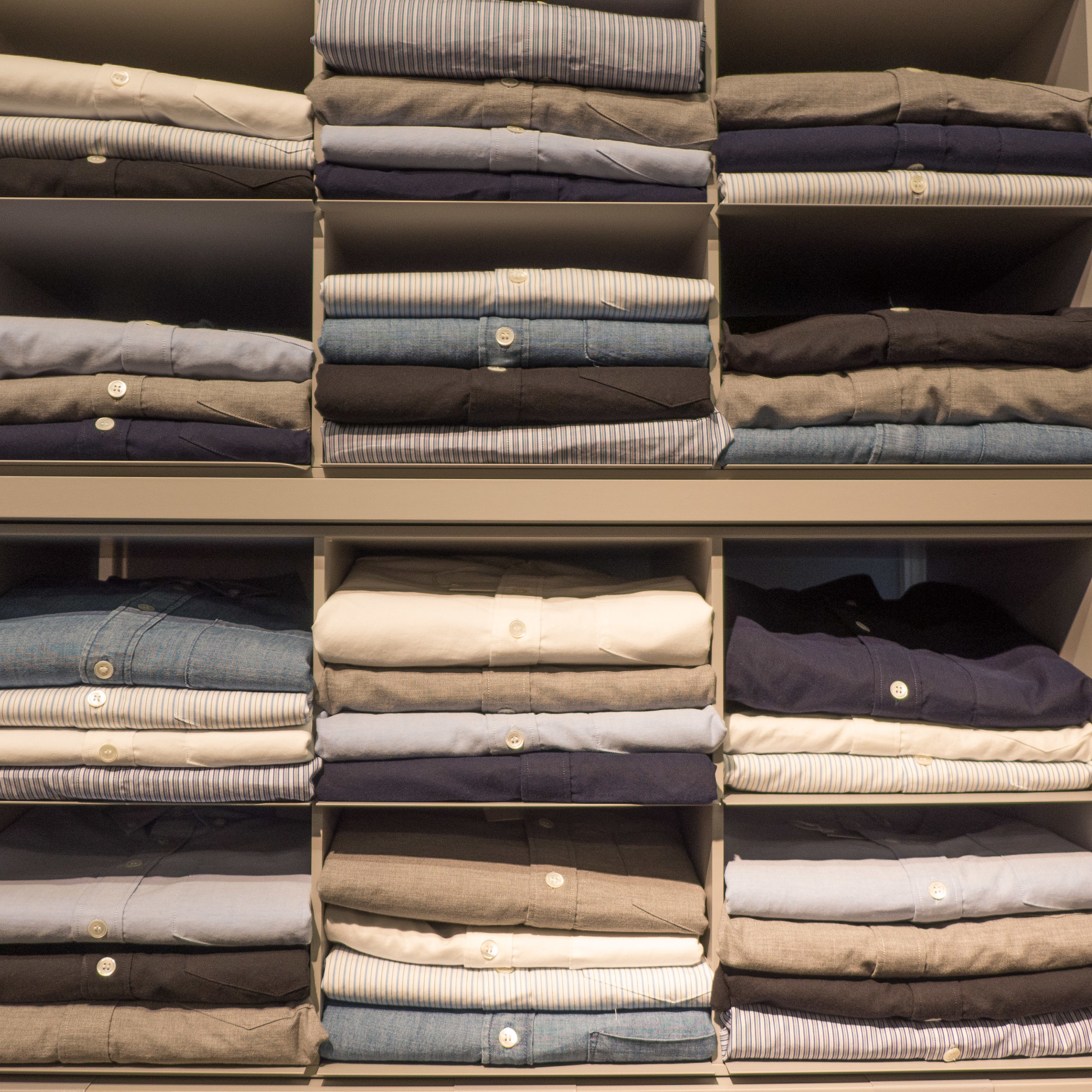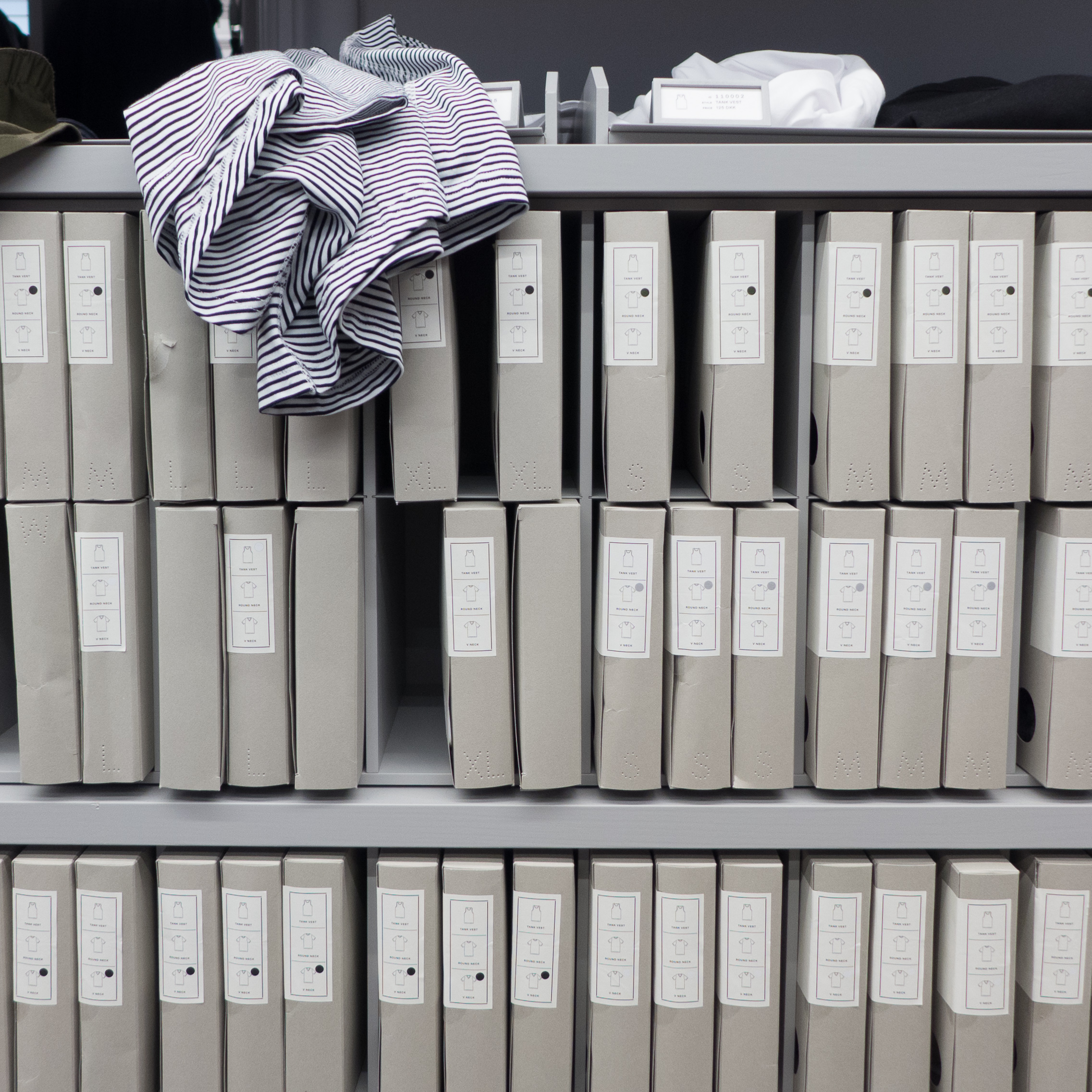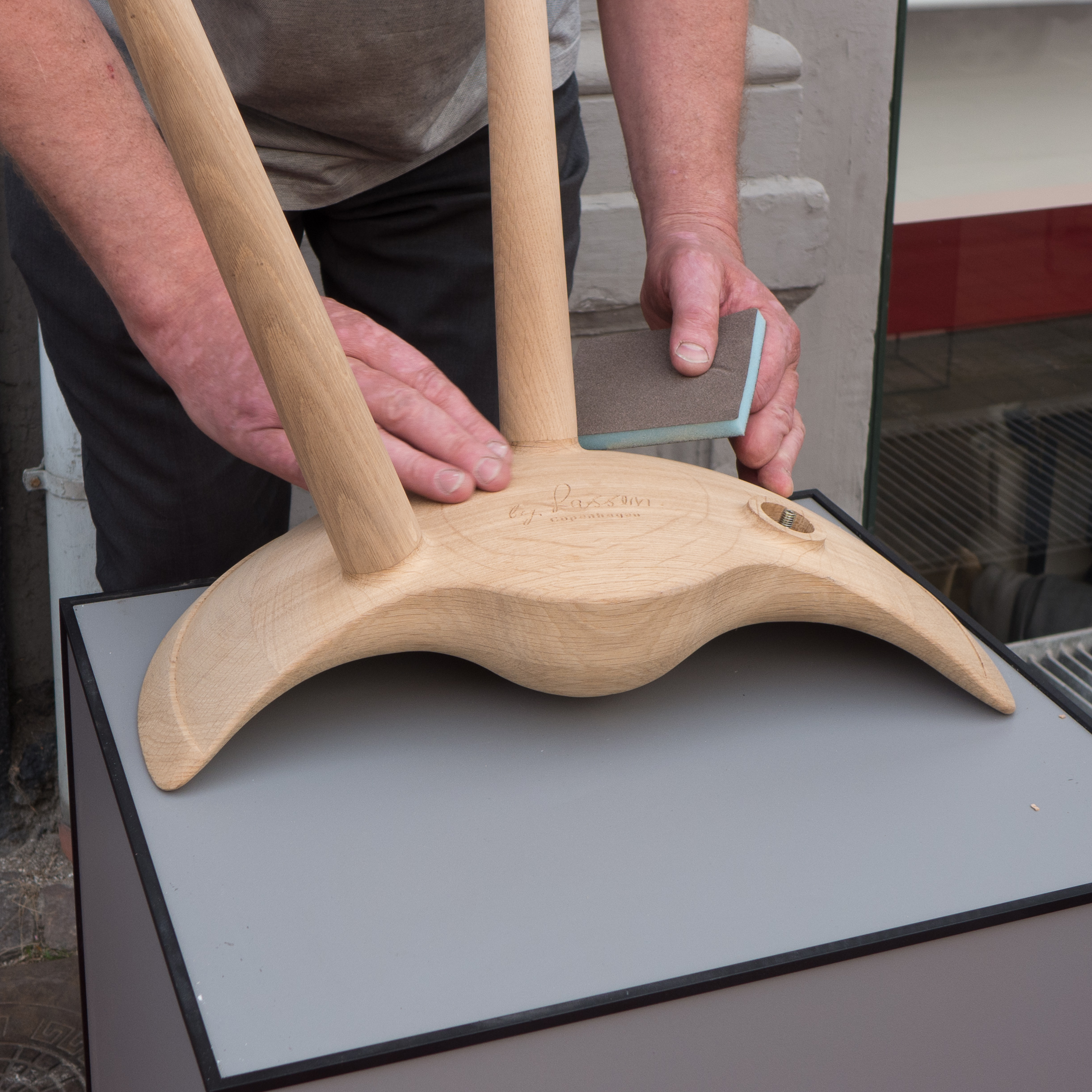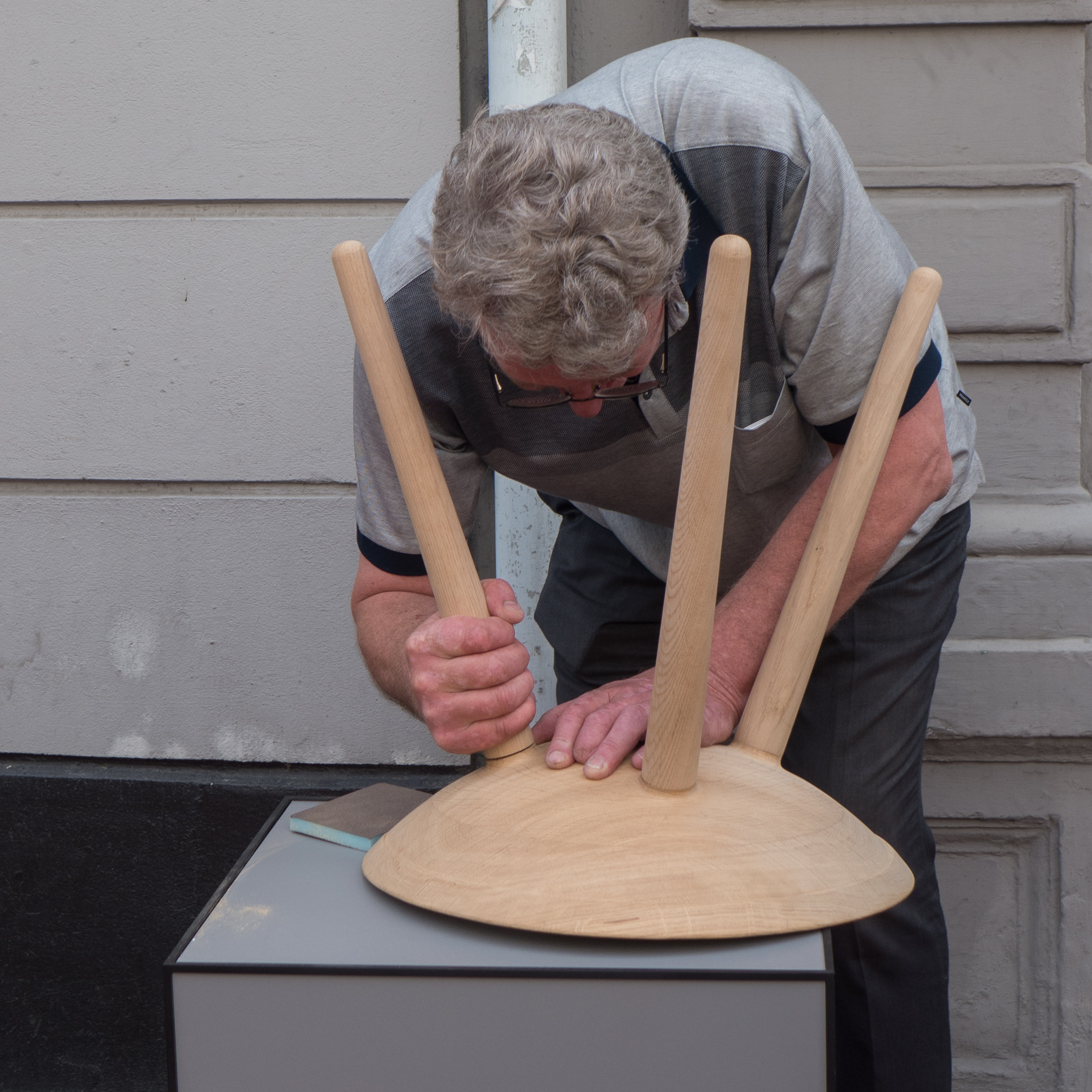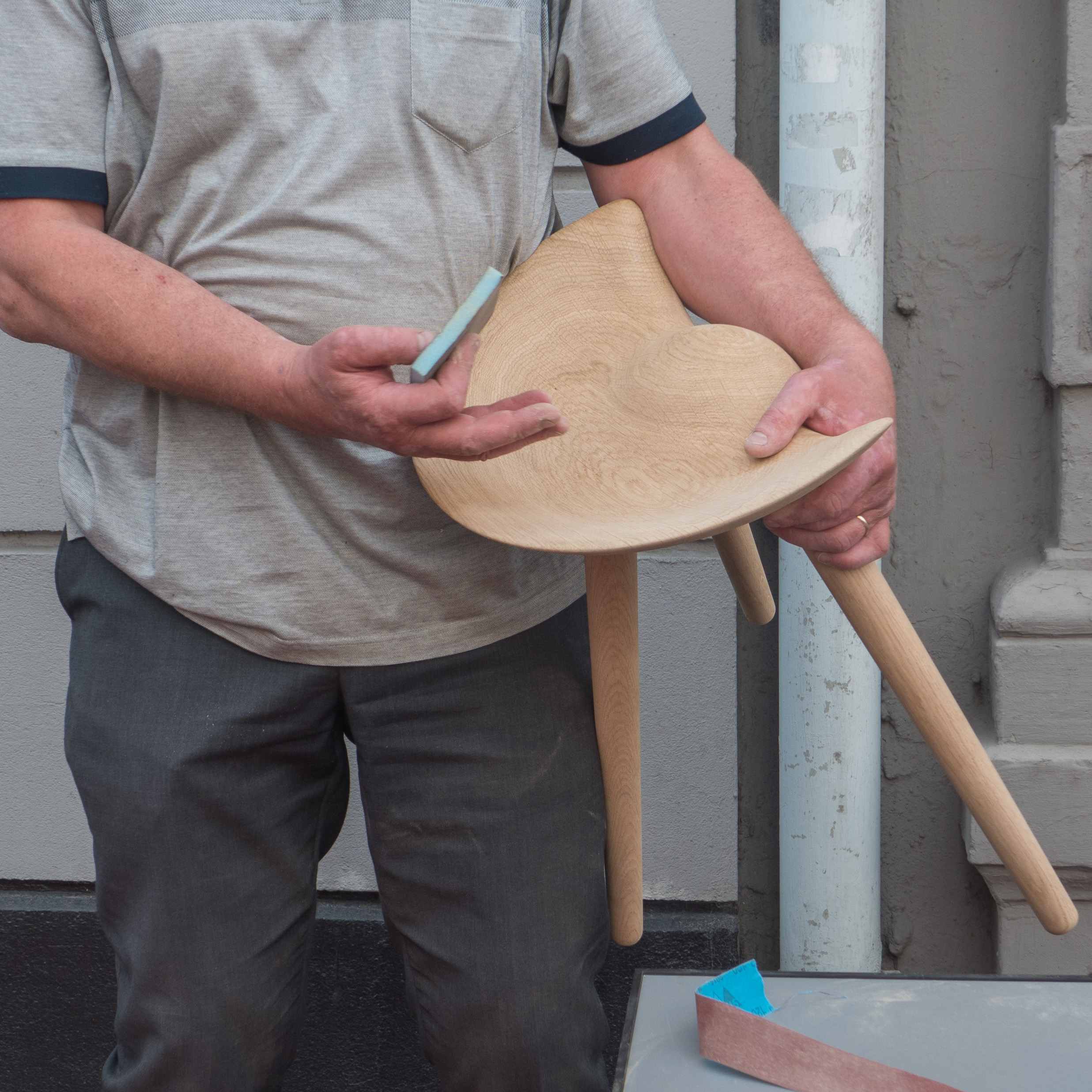Y-Stolen I nye jubilæumsfarver / The Wishbone in new anniversary colours
/
Carl Hansen & Son was founded 110 years ago and to mark their anniversary the company has released the Wishbone Chair by Hans Wegner in a range of eight new colours with Navy Blue, Russet Red, Deep Olive, Rosy Blush, Deep Burgundy, Oyster Gray, Forest Green, Midnight Blue and all with a semi-matt sheen finish.
This is one obvious way to give this classic design ongoing appeal and relevance for another generation of customers but it also shows just how important not just the colour but the exact tone or depth of colour, and the finish is in making a design look fashionable and appropriate for a modern interior.
As one single factor, colour seems to be more important than the form and the details of the piece and even, curiously, more significant than any perception we may have of the date of the piece or any gut feeling we may have of the style of a piece of furniture.
How do design teams select a very specific range of colours like this? Is there really a zeitgeist - colours that somehow we recognise as 'of this moment' or, being by inclination sceptical, is this marketing and advertising driven?
Some time ago I saw a photograph of a Wishbone Chair in matt black with the paper-cord seat in black and set against a wall painted with matt blackboard paint with a floor of wide and very pale unvarnished boards and I thought how incredibly elegant and how sophisticated it looked. I see a Wishbone Chair in a high-gloss, bright blue paint and my first reaction is that it might be good in a large kitchen but I'm not sure I like it even though it is exactly the same chair. How can our reactions be so strong and so instant and, apparently, based on colours alone?
The Wishbone Chairs in these new anniversary colours are available until 31 December 2018.













